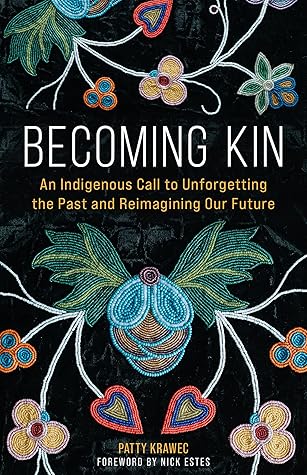It wasn’t until after the Civil War, when slavery was no longer available to keep white and Black separate, that the “one drop rule,” a principle meant to address “invisible Blackness,” began to be adopted in law. In 1924, the Racial Integrity Act in the state of Virginia defined a person as legally Black if they had any African ancestry. This was also the act with the so-called Pocahontas exception: if you had Native American ancestry, you could still be considered legally white. Do you see what happened there? One Black ancestor and the whole family is Black. One Native ancestor and you’re
...more
Welcome back. Just a moment while we sign you in to your Goodreads account.


